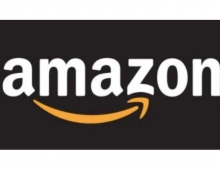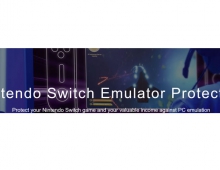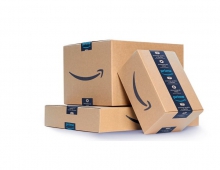
Philips Develops Anti-Piracy Solution for Digital Cinema
Philips Content Identification, a business group within Royal Philips Electronics, announced on Thusday the CineFence - a new system designed to help the movie industry in its battle against video piracy.
CineFence embeds date, time and place watermarks into the picture and sound track of digitally projected movies, allowing moviemakers to trace camcorder-captured copies back to the cinema in which the illegal copying took place. Employing watermarks that are imperceptible to cinema audiences yet maintain their integrity in the copied material, CineFence complies with the forensic marking requirement of the Digital Cinema System Specification V1.0.

Illegal copying is estimated to cost the movie industry more than US$3.5 billion per year, with camcorder recordings made by cinema goers identified as one of the most important sources of content leakage. To help identify and control the problem the Digital Cinema Initiatives (DCI) has made forensic anti-piracy technology a mandatory requirement in its Digital Cinema System Specification.
The forensic watermarks embedded in the picture and sound by CineFence remain detectable even when camcorder recordings are compressed into formats such as VCD, DivX, and MPEG4. The watermarking technology underlying CineFence is an enhanced version of technology that has been deployed over the last three years during which time it exposed the origin of illegally copied and distributed versions of major motion pictures intended only for film award review prior to their official release.
In addition to being a valuable forensic tool for exposing and tracing illegal copying, Philips watermarking technology can also be used in applications such as broadcast and Internet monitoring, asset/media management and remote triggering.

Illegal copying is estimated to cost the movie industry more than US$3.5 billion per year, with camcorder recordings made by cinema goers identified as one of the most important sources of content leakage. To help identify and control the problem the Digital Cinema Initiatives (DCI) has made forensic anti-piracy technology a mandatory requirement in its Digital Cinema System Specification.
The forensic watermarks embedded in the picture and sound by CineFence remain detectable even when camcorder recordings are compressed into formats such as VCD, DivX, and MPEG4. The watermarking technology underlying CineFence is an enhanced version of technology that has been deployed over the last three years during which time it exposed the origin of illegally copied and distributed versions of major motion pictures intended only for film award review prior to their official release.
In addition to being a valuable forensic tool for exposing and tracing illegal copying, Philips watermarking technology can also be used in applications such as broadcast and Internet monitoring, asset/media management and remote triggering.




















